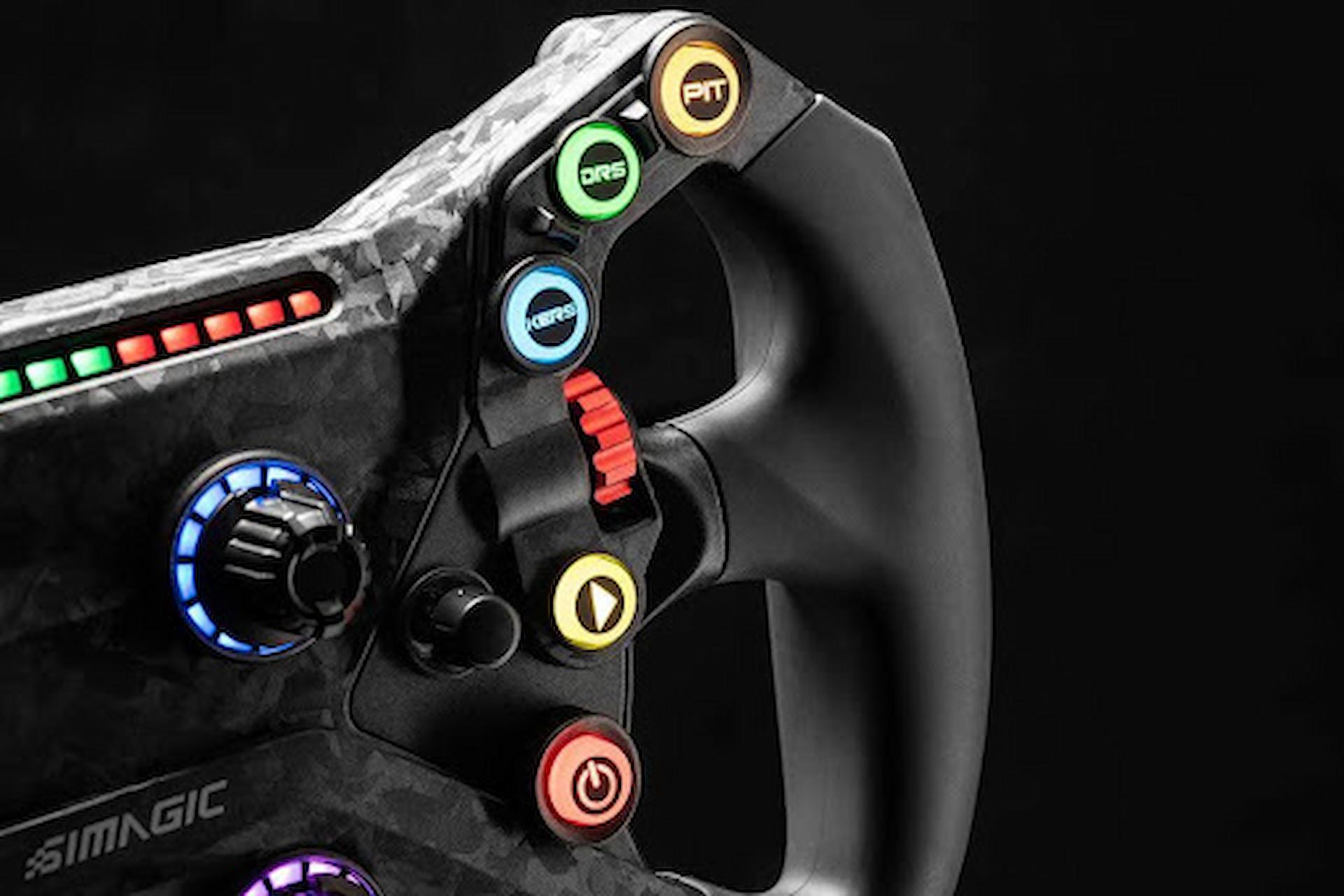Effective communication across languages is more important than ever in our increasingly interconnected world. Whether for business, travel, or personal connections, expressing oneself in multiple languages is valuable. However, the traditional QWERTY keyboard layout, designed primarily for English, can hinder those who frequently type in other languages. Fortunately, technological advancements have led to the development of language-specific keyboards, such as the HP French Azerty keyboard and the HP German keyboard, revolutionising multilingual communication.
Enhanced Typing Experience with Language-Specific Layouts
Language-specific keyboards like the HP French Azerty and HP German keyboard are designed with layouts optimised for the respective languages. Unlike the standard QWERTY layout, which may require cumbersome key combinations or software settings to accommodate non-English characters, these keyboards feature dedicated keys for accents, umlauts, and other language-specific symbols. This streamlines the typing process and allows users to type more efficiently and accurately in their native language.
The HP French Azerty keyboard, for example, incorporates the unique layout used in French-speaking countries, with special characters such as é, è, à, and ç easily accessible. Similarly, the HP German keyboard follows the standard QWERTZ layout used in Germany, Austria, and Switzerland, making it effortless for users to type umlauts (ä, ö, ü) and ß.
Seamless Multilingual Switching
One key advantage of language-specific keyboards is their ability to facilitate seamless switching between languages. With the press of a button, users can switch between different language layouts without changing software settings or installing additional language packs. This functionality is particularly beneficial for bilingual individuals or those who frequently communicate in multiple languages, as it eliminates the inconvenience of constantly adjusting settings or memorising complex vital combinations.
Whether composing emails, writing documents, or engaging in online conversations, users can effortlessly switch between languages on the fly, enhancing both productivity and convenience. The intuitive design of language-specific keyboards ensures a smooth transition between languages, allowing users to focus on their message rather than the mechanics of typing.
Catering to Diverse Linguistic Needs
The availability of language-specific keyboards reflects a commitment to diversity and inclusivity in technology. By offering keyboards tailored to the unique linguistic needs of different regions and communities, technology companies like HP empower users to express themselves effectively in their native language. This promotes cultural preservation and appreciation and fosters greater accessibility and inclusivity in digital communication.
The HP French Azerty and HP German keyboard are just two examples of the diverse range of language-specific keyboards available to users worldwide. From Spanish to Chinese, Arabic to Russian, these keyboards cater to many languages, ensuring that users from all backgrounds can communicate confidently and fluently in their preferred language.
Driving Innovation in Multilingual Computing
The development of language-specific keyboards represents a significant step forward in the evolution of multilingual computing. As technology advances, we can expect further innovations in input methods and language processing algorithms, further enhancing the accessibility and efficiency of multilingual communication.
By embracing language-specific keyboards and other innovative solutions, we can break down linguistic barriers and foster greater understanding and collaboration across cultures and languages. As we look towards a future of increasingly interconnected global communication, language keyboards stand at the forefront of revolutionising how we interact and communicate across linguistic boundaries.
In conclusion, language-specific keyboards such as the HP French Azerty and HP German keyboard revolutionise multilingual communication by offering enhanced typing experiences, seamless multilingual switching, and catering to diverse linguistic needs. As technology evolves, these keyboards represent a pivotal advancement in the quest for more accessible, inclusive, and efficient multilingual computing.




